Not a ‘best of’ post, just a reflection on some of the changes in my photographic work over the last ten years. For the previous twenty years I had used only 35mm SLRs and stayed with Pentax cameras, but by 2001 the digital revolution was well underway and both digital and second-hand film cameras were becoming cheaper and more available. It was time for an exploration of other media and formats.
2001
I moved from Malaysia to Singapore and through the year made brief trips to Australia, India and the USA carrying a Fuji Finepix 40i with me. This was all of 2.4 Megapixels - more computing technology than it took to get a man on the moon, but half the power and resolution of the meanest camera phone today. It was very small, so apart from the minimal memory (a 16 Megabyte card) there was little excuse for not carrying it everywhere.
Especially on the street. A flat tyre meant a twenty minute stop by a busy roundabout in downtown Mumbai while the driver changed the wheel. This family lived and worked by the roundabout, begging or scavenging through the day. The older women were preparing vegetables while the kids milled around, some collecting water, others looking after their babies.
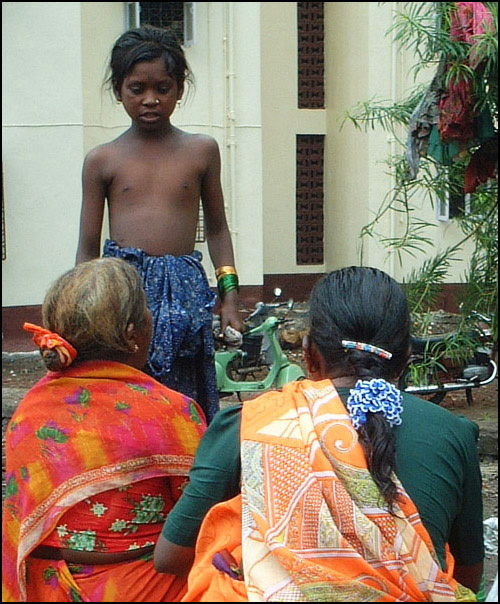
2002
Clearly the image quality of these early consumer digital cameras was not high and they were no match for the image resolution obtained from a 35mm negative. Pentax had recently brought out a new pro-spec film camera, the MZ-S, so I bought one together with the 77mm Limited lens.
During the four years I’d spent in Oman I’d been shooting mostly colour negatives and relying on the shop for prints. The question was how to gain more control without having any access to a darkroom. Scanning film was now a realistic possibility and the idea of shooting pictures on film and printing them with an inkjet was appealing. I was also projecting a lot of images for my students and scanning 35mm negatives gave better results than shooting with the Fuji.
When I started a photography group at the college we went out to view as many exhibitions as possible. News photographs were of particular interest and the majority of these were shot on film, drum scanned and printed with ink.
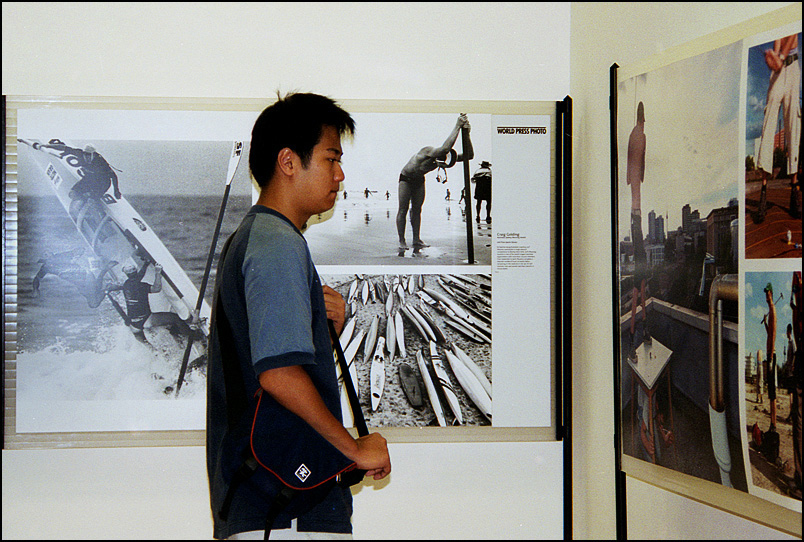
2003
A post on an online photography forum described using software to manipulate an image to make it look like a soft focus pinhole photo. It had that dreamy, ethereal quality associated with mid 19th century photographs and I wondered how much time and money had been invested for the photographer to do this on a computer. Hundreds of dollars, perhaps, compared with the minimal cost of a do-it-yourself pinhole camera.
I made a couple of pinhole cameras as trials before designing a practical wooden box that would take a 4”x5” Polaroid holder. This meant learning several new skills all at once: making pinholes and handling Polaroids, as well as brushing up on my woodwork.
The Polaroids got me curious about using 120 roll film instead of the ‘miniature’ format of 35mm. I found a couple of second-hand camera dealers in town and tried out a Pentacon Six and a Rolleicord but neither were in good condition.
The other option was to build one. The Garden Camera was a working toy - fun but somewhat impractical. I made two backs for it so I could shoot sheet and roll film.
I bought a couple of diopter lenses and old shutters and started shooting. The advantage of these shutters from the 1940s was that they were leaf shutter designs and had a flash sync that was much higher than the typical SLR, /500 instead of /60. This was generally better for studio work with flash lighting.

2004
I came across a 6.5x9 Voigtlander Vag, made around 1929, and thought it might be worth trying. The camera had a couple of sheet film backs but a Mamiya RB67 roll film back proved easy to modify so I could use regular 120 roll film. This was my first ‘classic’ camera and it made me think a lot more about the impact of technology, in particular the development of shutter types and lens designs. It was not a convenient camera to use, but the sharpness of the Skopar lens made it worthwhile.
Returning to the UK after eight years in the Middle East and South East Asia meant I was in for a degree of reverse culture shock. Snow was the least of the problems.
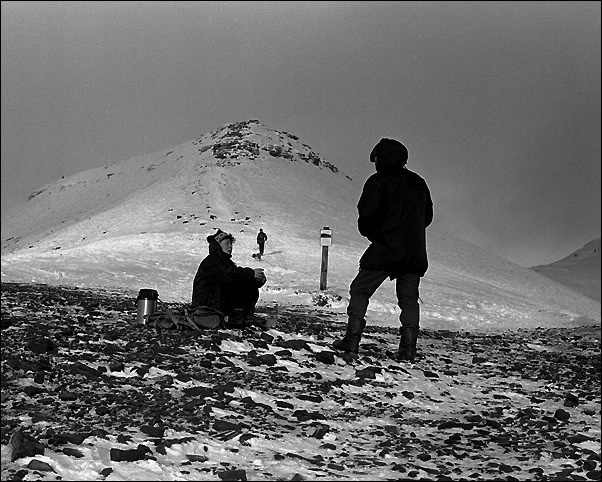
2005
This was the year of the Surveyor, a 4”x5” folding view camera that I’d started designing in Singapore and only finished building after arriving back in the UK. Working with camera movements was instructive and offered a completely different level of control through selective focus.
Normally the lens plane is exactly parallel to the film plane. By tilting and/or swinging both planes in contrast to each other it’s possible to reduce the plane of focus to a line or even a single point. View cameras were developed to achieve total focus throughout the image area, something that is often difficult in architectural or product photography, but by using this capability in reverse the most important feature of the subject can be isolated.
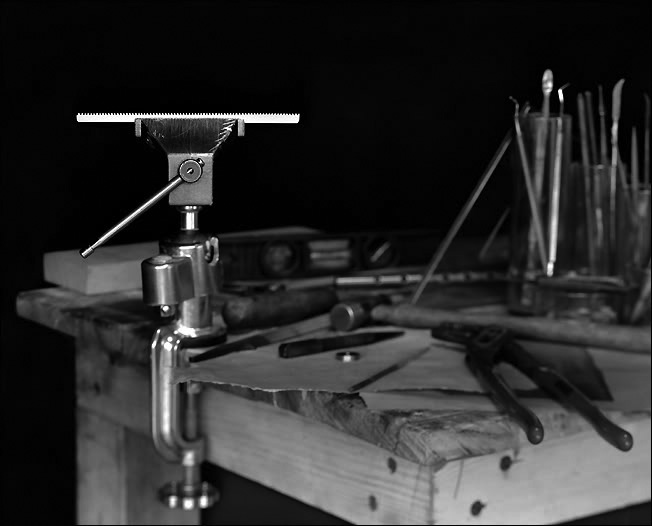
2006
No single camera can be expected to perform well in every situation since different problems tend to require different solutions. The issue is sometimes the negative size - finding the right compromise between speed of use (35mm) and tonality (large format). One alternative was to use sheet film in a point-and-shoot camera and with this in mind I developed the Neretta.
A 90mm lens I’d bought for the Surveyor turned out to be perfectly suited to using on the pinhole box I’d made a few years earlier. At f.22 the massive depth of field meant that no focusing mechanism was necessary - everything from 3 metres to infinity was in focus. If the expression, “Ontogeny recapitulates phylogeny” comes to mind, don’t worry, as a friend has already made that suggestion. In certain respects my development as a photographer seemed to be mirroring the evolution of photography itself.
And I now had a darkroom.
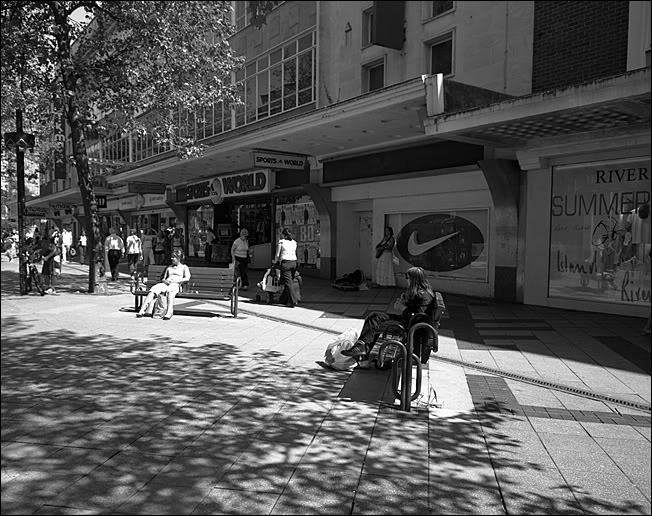
2007
At the same time, I was discovering the textural range offered by some older lens designs for large, medium and small format film: doublets, triplets and Tessars, as well as a wealth of later designs produced in the 1960s.
This might be seen as more choice than any photographer really needs but lenses are like a painter’s brushes and can be selected for their tone and texture. There are two areas where lenses might differ in an interesting way, one is sharpness or resolution, the other is contrast. Older lens designs had a greater variety of aberrations and the designers of the time worked hard to counter these using different kinds of glass and complex multiple elements.
Many of the early designs that have long since been left behind can still be appreciated for creative applications. For 35mm cameras in M42 mount, the Meyer Orestor 2.8/100 is a favourite portrait lens.
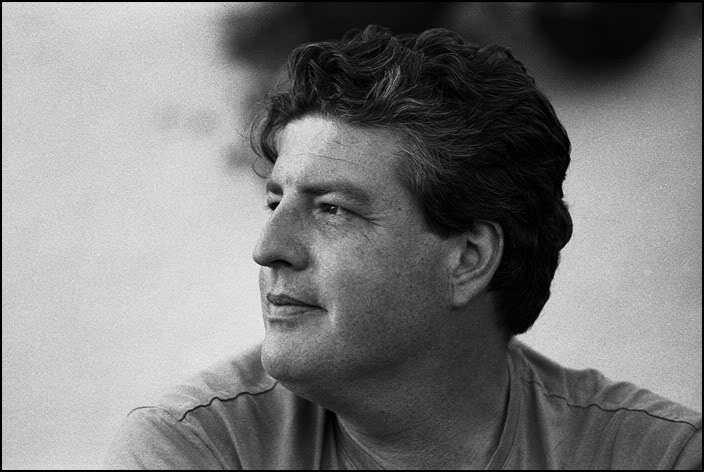
2008
Street photography comes in several flavours. At its most rigorous and exclusive it may appear to be quite random in the selection of subject matter, loose in its framing and reflective of the chaotic nature of day-to-day activities. The more poetically minded photographer might look for visual humour in bizarre juxtapositions, highlighting the incongruities of daily life. The sights, signs and people of the city are key to the character of a place and this can be captured by the inconspicuous photographer.
My own interest lies more in portraits of people in a given context, which is one of the reasons I often photograph street musicians. Where they place themselves to perform is their stage, or at least the photographer can make it so. Shots of this kind are part portrait and part documentary since the individual and their activity are both important in composing a structured image.
The rectangular format is by far the most common, but sixty or seventy years ago, before the rise of the ubiquitous SLR, the 6x6cm square held sway. Cameras like the Rolleiflex offer a different angle of view for the photographer since the camera is generally held at chest height rather than at eye level. Not only is the square an interesting compositional challenge, but the lower viewpoint of a TLR can be very appropriate for shooting in the street.
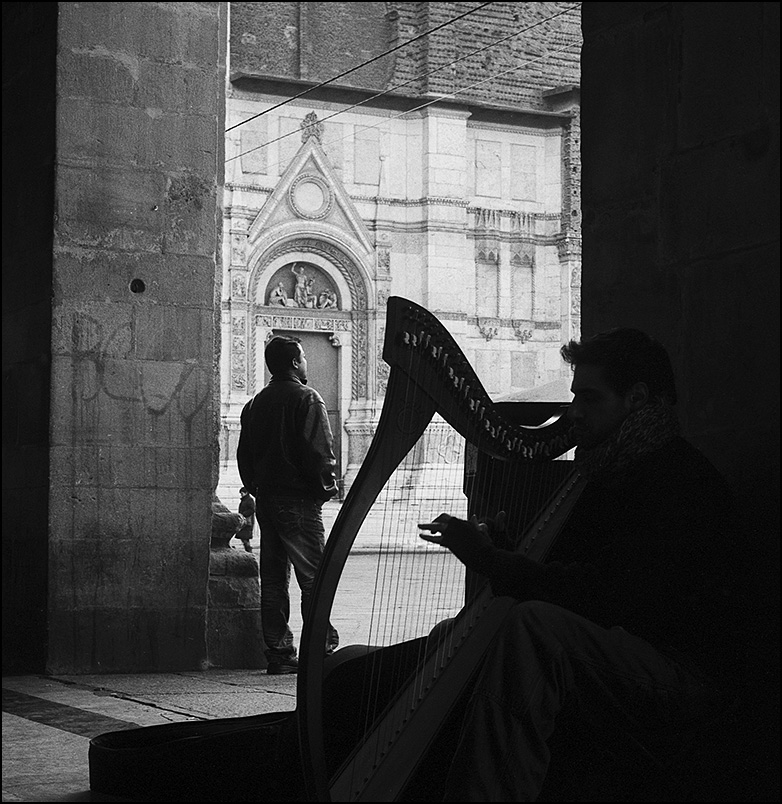
2009
My involvement in local activities in the UK was gradually starting to increase and I photographed a number of events throughout the year. At this point I was invariably using a Pentax K10D with a 43mm Limited lens whenever I needed to work in colour. One downside of the digital revolution was, of course, the increased cost of processing colour film.
In Wales, street performers include jugglers and face painters as well as musicians. This shot has a special resonance for me as it brings to mind Oliviero Toscani’s photography for Benetton in the 1980s and ‘90s. Not the advertising campaigns as such, but the sharp colour contrasts he used to illustrate collaboration between people of different ethnic backgrounds.
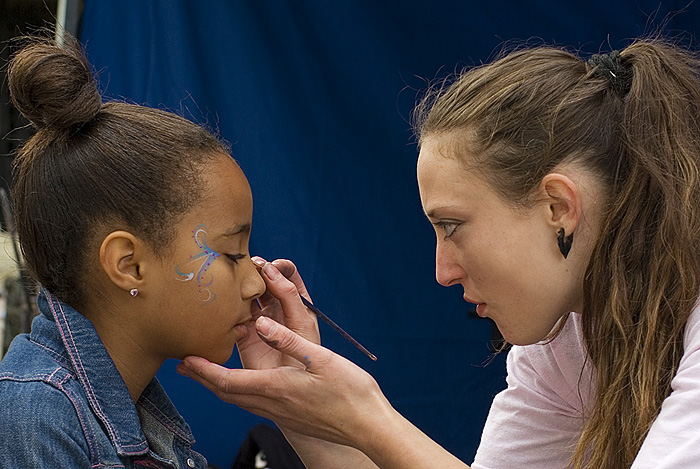
2010
There are many ways to make a portrait. It can be direct or oblique, depending on the relationships that can be observed between the subject and their environment or created between the subject and the photographer. One might wonder at the meaning of a portrait of a person in which the face is not visible. But much as we are attuned to read the face of the subject, there is more in the structure of a portrait than might be read from facial features alone – poise and posture together form a dynamic relationship with the surroundings anchoring the subject in the frame. At its best this can become the three-way rapport to be found at the heart of documentary and environmental portraiture.
Choice of kit is important, if only for ease of use. The shot below was taken with a Pentax K7 and the 43mm Limited lens, the crop factor making it equivalent to a 65mm. The sensor on today’s digital SLR is now capable of fully displaying the resolution of the lens, putting it on a par with medium format. And where colour and tone are concerned very fine control is now possible using processing software.

At the same time, I was also shooting on black and white film, (Fuji Acros) with the Orestor 2.8/100 and a Pentax MZ-5n. Each combination of recording medium and lens has its own signature and technologies that go back a hundred years or more may still find their place according to context of the shot and the vision of the photographer.
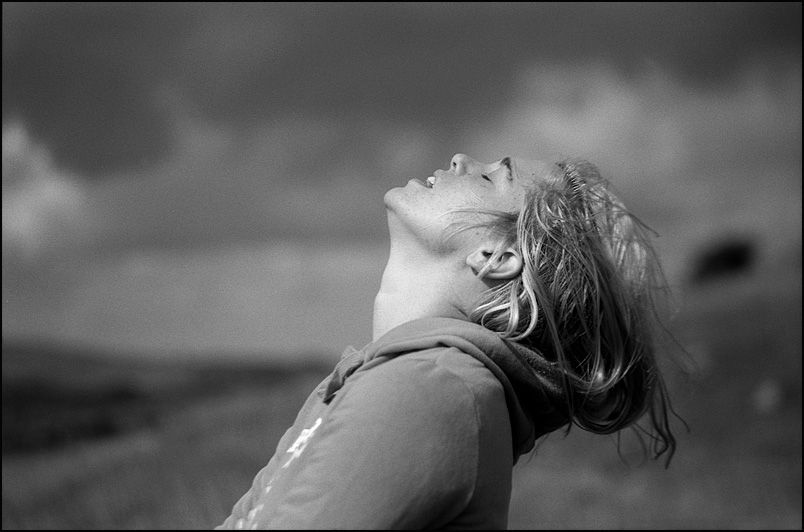
For the coming ten years? Well, there’s a range of subject matter and equipment that I feel quite happy with and I’ll continue working with these, unless new challenges demand a different approach.
First published 2010/12/01